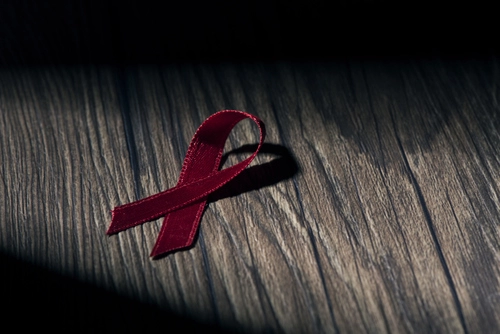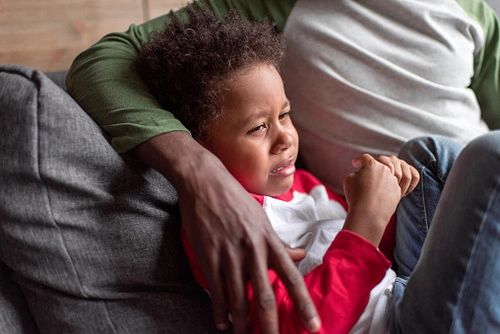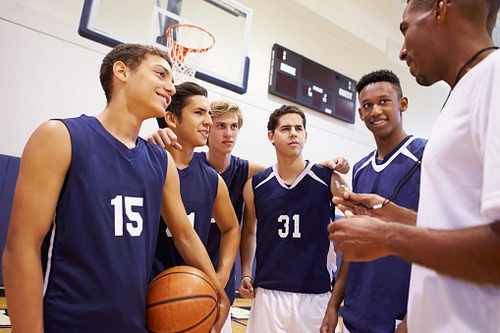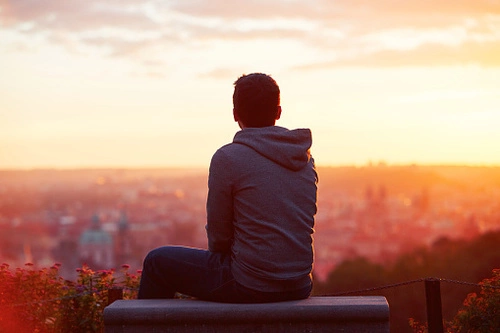1. Select a discrete app icon.

notes
Women as the Abusers
One shelter has begun seeing more male survivors step forward than ever
- Oct 21, 2016

When you think about victims of domestic violence, is the first image that comes to mind a woman with a black eye or bruises down her arms? When you think about batterers, do you see an intimidating looking man with balled up fists, ready to strike at the slightest provocation?
While they could be pegged as stereotypes, these images often paint a true picture. Women are far more likely to be the victims of abuse, while men are most likely to be the abusers. But sometimes, the tables are turned, and when they are, female abusers often have different intentions, reasons and tactics than their male counterparts.
Kimberly Taylor is the president of the Alliance for Family Wellness, an agency that provides prevention and intervention services for those impacted by intimate partner abuse, and is the author of Exposing the Abusive Female. She says she wrote the book after spending a decade working with batterer treatment groups at a domestic violence agency where women were among those participating.
“It was eye-opening to hear their stories. These women had been criminally charged and mandated to come into these programs. They came from every walk of life. A lot were moms.” She remembers one woman in particular: “She was petite and very quiet. She had taken her partner’s head and slammed it through a plate-glass window.”
Who Are These Female Abusers?
A past history of abuse doesn’t guarantee someone will abuse, nor is it a requirement for an abuser. But Taylor says women who grew up in a family where they were exposed to domestic violence, or who have been with an abusive partner in the past, are more likely to fall victim to an abusive partner again or become abusive themselves.
“If they had experienced domestic violence and have unresolved anger that doesn’t get resolved, and if they don’t get counseling, they [can] become abusive.” It might be that violence is the only way they know how to resolve anger, says Taylor.
But what about the women who are labeled abusive when what they’re trying to do is defend themselves against abuse from a partner—how do you tell the difference?
“We have to know all the details of the case, the history of that relationship. If the person has been victimized continually by their partner, there’s a grey line there.”
Taylor says some abuse by women may fall under the somewhat controversial definition of “mutual abuse,” meaning two partners are abusive toward each other, and which some DV experts call false and say is an irresponsible term to perpetuate. Taylor admits there are cases of abusive women who use this idea to their advantage. “Some of the women I met with and counseled knew, because society condemns this idea of female violence toward men, that their spouse was not going to report it, or no one was going to take them seriously.”
Women Abusers Choose Nonphysical Violence
When researching her book, Taylor only interviewed women who were the sole abusers in the relationship. What she found was that this group was more likely to use nonphysical tactics, such as emotional, verbal and psychological abuse.
“A lot of times, it was about manipulation, control, using the children against the partner or threatening to take the children away.” She also noted that female abusers were less likely to go through the cycle of abuse—there was no honeymoon or remorse period after an incident.
These female abusers’ common traits included being possessive, controlling and jealous; having unrealistic expectations of her partner; having high impulsivity, anger and rage; and not having enough outside support from female friends.
The Power and Control Wheel is one way advocates help explain abuse tactics to victims.
Sheltering Male Survivors
Paige Flink is the CEO of The Family Place, which provides shelter and counseling to victims of family violence in Dallas, Texas. She agrees that most female abusers will choose nonphysical abuse, such as verbal abuse, mainly because, “it’s harder to physically overpower a man.”
For reasons unknown, Flink says she’s found abusive women are more likely than abusive men to own up to their actions. “Men more often minimize the violence they use, but a woman is more likely to admit it.”
In 2015, The Family Place saw nearly triple the number of abused men they did in 2014. The sharp rise was not because of an increase in abuse cases, reports Flink, but because there were more male survivors willing to come forward. The theories on why are varied, but more awareness and education about domestic violence could be part of it.
Last month, The Family Place opened one of the first domestic violence shelters in the country exclusively for men. Until now, the shelter has been doing what many other shelters nationwide do by providing refuge for men in nearby hotels, reserving their shelters exclusively for women and children who vastly outnumber their male counterparts. The new shelter has space for up to 10 men at a time, plus their children.
“They’re fearful … [or] they’re protecting their kids and they don’t want their children in that environment. These men are recognizing the danger they could be in, and the community is saying it’s not right, no matter who your abuser is.”
Flink says that the majority of male survivors the shelter saw in 2015 were with female abusers, a switch from previous years when most male survivors were coming from same-sex relationships. Female abuse toward male partners is not a new concept, but its exposure into mainstream media is. The stats are few and mainly outdated, and Flink says it’s still so new for them, they haven’t yet compiled enough numbers to know its impact in their community.
Regardless of the extent of female abusers, Flink affirms, “No one deserves to be hurt; no one deserves to be mistreated.
“We’ve socialized these men to be the strong ones, so the shame is strong. We’re starting to reverse that—you’re strong enough to leave. We don’t judge [men] in any part of this. Taking care of yourself is a strong move, not a weak move.”
Looking for someone to speak with? Enter your location to find phone numbers for domestic violence experts in your area.
Have a question about domestic violence? Type your question below to find answers.








